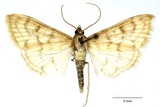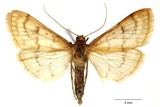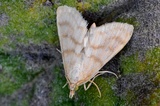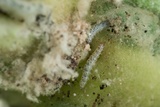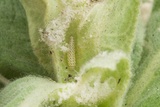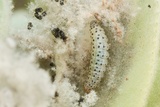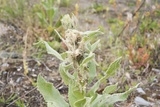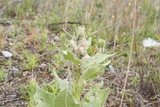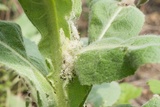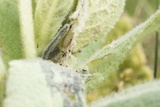Paracorsia repandalis ([Denis & Schiffermüller], 1775) Species
Last modified: Nov. 3, 2025, 8:02 p.m.
An extremely rare migrant from southern Europe. During favourable weather conditions, the species can reproduce here.
Details
- Classification
- Family: Crambidae > Subfamily: Pyraustinae > Tribus: Pyraustini > Genus: Paracorsia > Species: Paracorsia repandalis
- Vernacular names
- Honingbandmot (NL)
- First mention in Belgium
- De Crombrugghe G. 1906a. Catalogue raisonné des Microlépidoptères de Belgique. — Mémoires de la Société entomologique de Belgique XIII: 1–172; XIV: 1–155. On page 46.
- Status
-
Native
Only one record before 2000 in 1906 (NA).
For your information, to the best of our knowledge, the first 7 Belgian observations after 2000 are listed here:
1) 1 ex. on 12.ix.2018 at Ieper (WV), leg. M. Willems.
2) 1 ex. on 22.vii.2019 at Robechies (HA), leg. B. Sleeman.
3) 1 ex. on 03.ix.2023 at Robelmont (LX), leg. M. Ameels.
4) 1 ex. on 19.ix.2023 at Heist-op-den-Berg (AN), leg. J. Cannaerts.
5) 2 ex. (different observations) on 17.viii.2024 at Sint-Amandsberg (OV), leg. waarnemingen.be, M. Van Campenhout.
6) 1 ex. on 02.v.2025 at Sint-Amandsberg (OV), leg. T. De Cooman.
7) 3 ex. and 5 larvae on 04.vi.2025 at Gent (OV), leg. M. Cocquyt, P. Vantieghem, E. Thoen et al.
Distribution
Flight periods
Adults are on the wing from April till mid-October in two generations a year.
